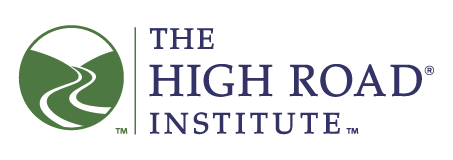
A primary service of the High Road® Institute is providing continuing professional education to business executives. I have been teaching these classes for over 35 years, and over the last decade, my classes have been transitioning from live, face-to-face sessions to online webcasts or webinars. As an instructor, I am known for creating a highly interactive environment in the classroom, so of course I had to find ways to incorporate that into the online classroom.
What is Learning?
Learning is the process that enables someone to do something he or she was not able to do before.
Example: Riding a bicycle takes place in learning to balance and drawing out the person’s sense of balance.
Example: We don’t teach a child how to walk, but we draw out the child’s desire and the need to get from one place to another.
Learning really takes place when people want to learn and choose to learn, not because it is a requirement.
The Old Model of Learning
The teacher has information that the student needs. The student listens carefully to get the “right information,” which they need to get the “right” answers. The teacher draws out information which the student already has. In Stewardship, Peter Block suggests that employees should be able to choose their own training. Training is often limited to upper management, or only a handful of uninspiring courses are offered.
How Training is Changing
By combining each separate part, the whole picture can be seen.
- From school years to life long learning
- From classroom to real life experiences
- From teacher and student to partners in learning
Implications for Professional Education
- Train specifically but read broadly
- Train whole teams
- Train on the people skills as well as the technical skills
- Train interpedently
- Train people to think holistically, help people to think about whole systems
- Ensure the CEO learns the production person’s job and vice versa
- Spark “out of the box” thinking
- Teach self-management
- Create partnerships
- Hold people accountable for the big picture
